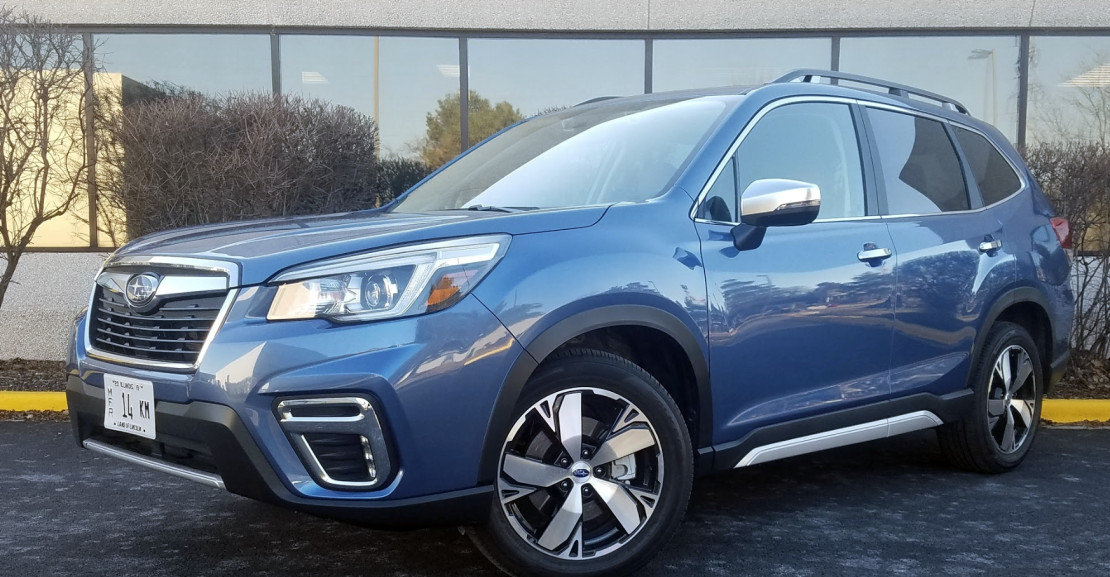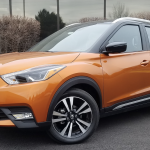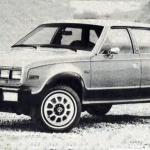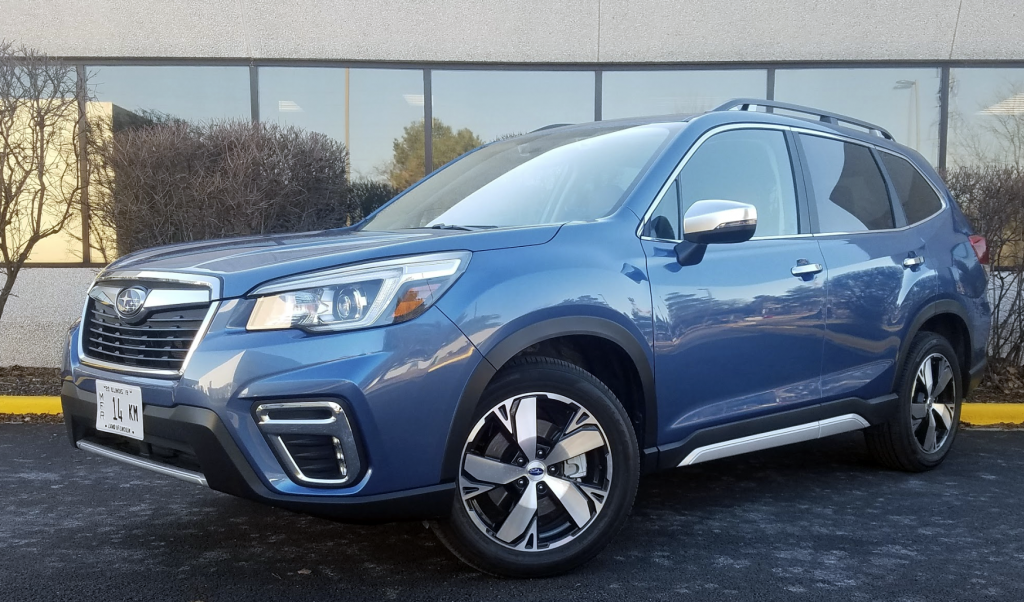
 2019 Subaru Forester Touring
2019 Subaru Forester Touring
Specs
Class: Compact Crossover
Miles Driven: 357
Fuel Used: 12.6 gallons
| CG Report Card | |
|---|---|
| Room and Comfort | A |
| Power and Performance | B- |
| Fit and Finish | A |
| Fuel Economy | B+ |
| Value | B+ |
| Report-card grades are derived from a consensus of test-driver evaluations. All grades are versus other vehicles in the same class. Value grade is for specific trim level evaluated, and may not reflect Consumer Guide's impressions of the entire model lineup. | |
| Big & Tall Comfort | |
| Big Guy | A |
| Tall Guy | A |
| Big & Tall comfort ratings are for front seats only. "Big" rating based on male tester weighing approximately 350 pounds, "Tall" rating based on 6'6"-tall male tester. | |
| Drivetrain | |
| Engine Specs | 182-hp 2.5L |
| Engine Type | Flat four |
| Transmission | CVT automatic |
| Drive Wheels | All-wheel drive |
Real-world fuel economy: 28.3 mpg
Driving mix: 30% city, 70% highway
EPA-estimated fuel economy: 26/33/29 (city/highway/combined)
Fuel type: Regular gasoline
Base price: $34,295 (not including $975 destination charge)
Options on test car: None
Price as tested: $35,270
Pros and Cons
The great: Outward visibility, generous passenger and cargo space
The good: Nice mix of passenger-car and SUV elements, plenty of standard safety features
The not so good: Somewhat intrusive engine stop/start system
More Forester price and availability information
2019 Subaru Forester Touring Review:
In the large and popular sphere of compact crossovers, the 2019 Subaru Forester Touring stands out for its visibility, passenger and cargo space, and available safety features. As we’ve covered the Forester broadly in our First Spin of the redesigned 2019 model and focused in on the penultimate Limited trim level in a previous Test Drive report, we’ll look here at some highlights and additional details noted during our evaluation of a top-line Touring.
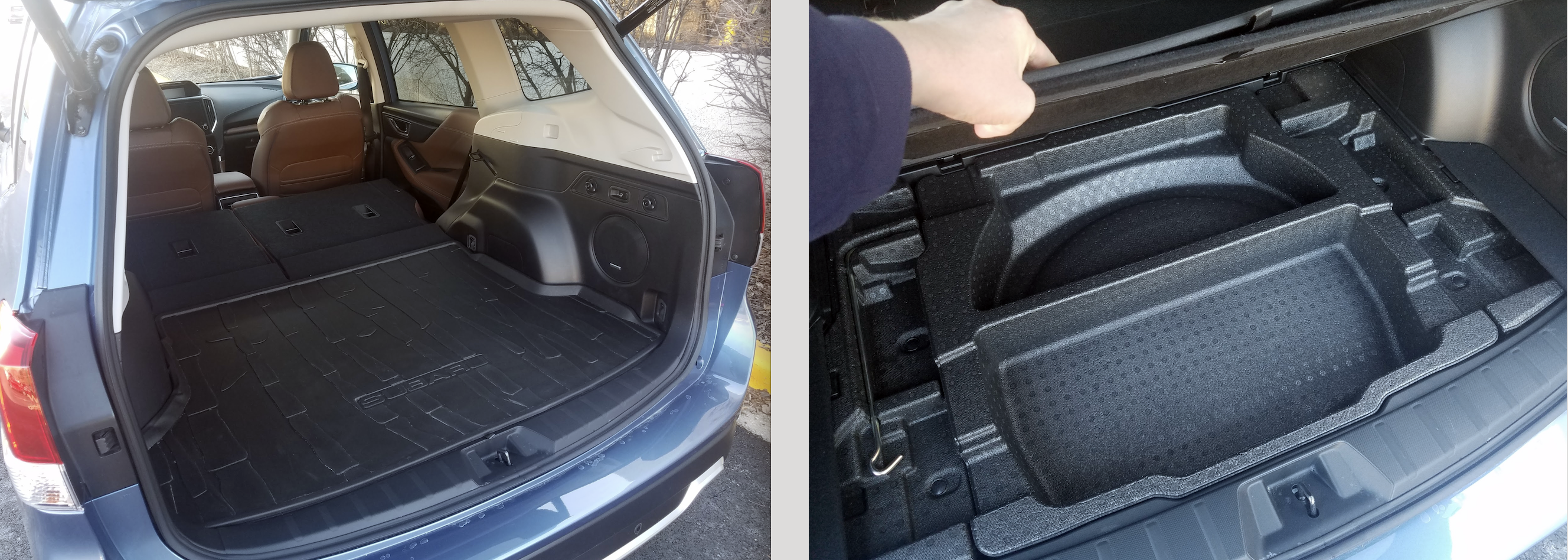
Forester Prices and Trim Levels
Although this $35,270 Touring listed for nearly $2000 more than the previously tested Limited – which included a $1695 option package – it adds quite a bit for that extra money. Standard on the Touring are not only the navigation system, Harman Kardon audio system, heated steering wheel, and reverse automatic braking contained in the aforementioned $1695 option package for the Limited, but also a memory driver seat, 8-way power passenger seat, and heated rear seats. The Touring is also the only model to offer Subaru’s DriverFocus Distraction Mitigation System, which uses a dashboard camera to “see” if the driver’s face is pointed somewhere other than straight ahead and sounds a warning. We found this system to be – for better or worse — quite sensitive, but it certainly worked, sounding a chime if you looked away for just a couple of seconds.

Forester Cabin
Part of the Forester’s “passenger space” appeal has to do with its relatively tall body build. There’s a lot of glass area above the beltline, allowing for an “airier” cabin feel than in most vehicles, and the door openings are tall, which eases the chore of getting in and out. Also (and new with the redesign), the door openings are undercut at the bottom to help avoid dirt transferring onto pant legs – a really nice touch.
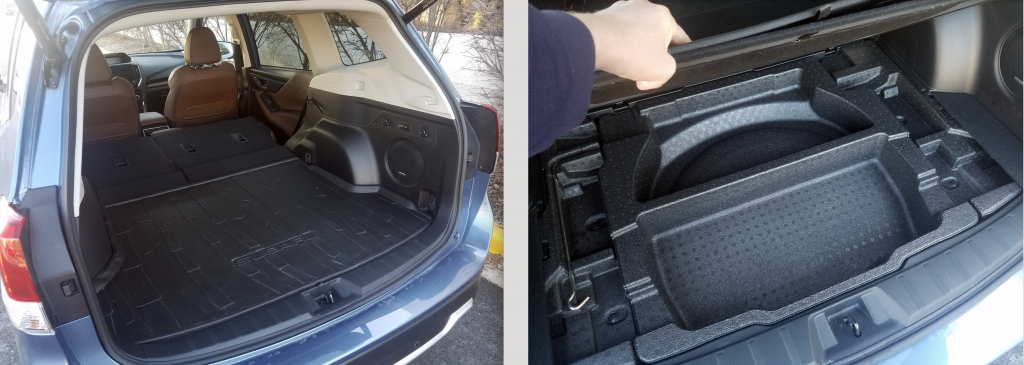
Forester Cargo Space
Tops among its “cargo space” attributes are not just its sheer capacity, but also that the area is quite tall, the cargo-door opening is very wide (Subaru says you can slide a golf bag in sideways without having to tilt it), there’s quite a bit of underfloor storage space (including a slot that will hold the cargo cover – a great convenience), and the rear seat backs can be released from either inside the cabin or from the cargo compartment.
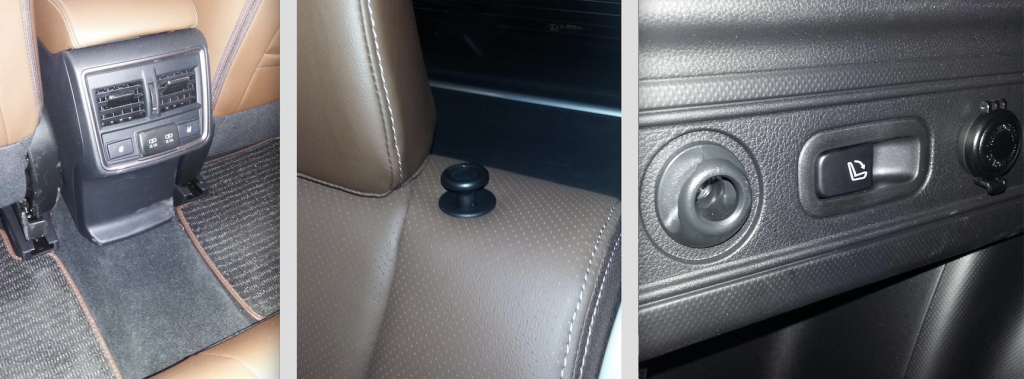
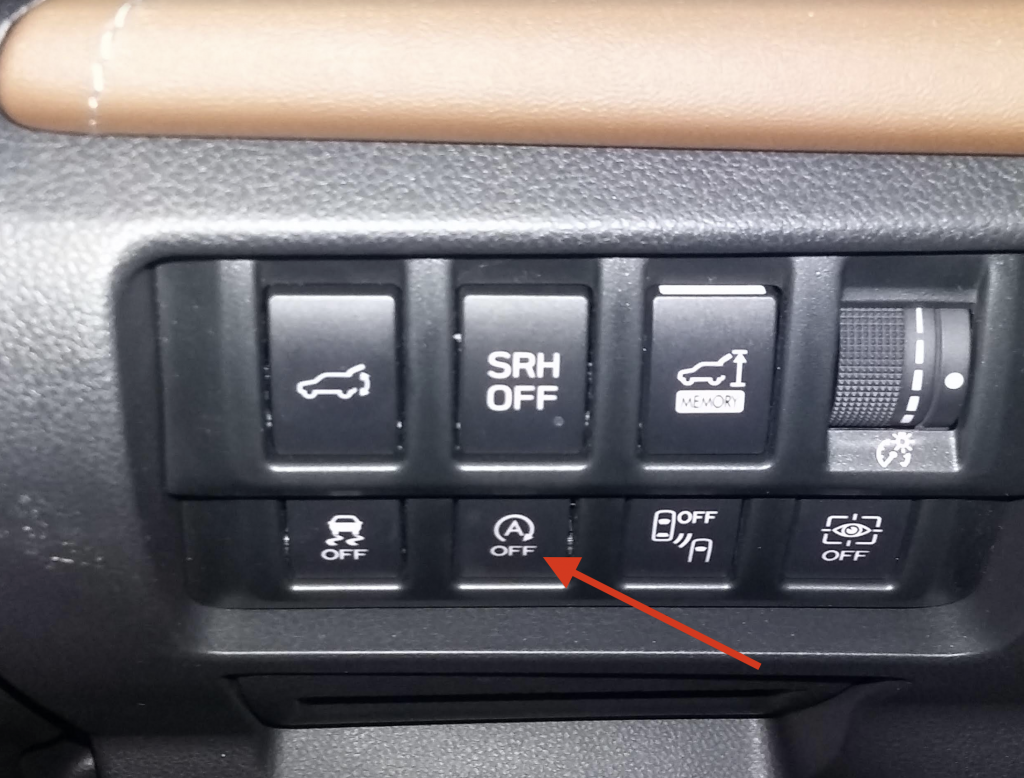
Forester Ride and Handling
Another of the Forester’s strengths is its carlike driving feel. The ride was nicely absorbent over our rough Chicagoland streets and it feels nimble enough in city commuting. Although flooring the gas from a stop doesn’t result in the kind of “jump” some might like, our Forester averaged a respectable 8.44 seconds in the 0-60 dash, and the CVT transmission kicked down quickly for decent passing response. We also appreciated the Brake Hold function (activated by the AVH — for Auto Vehicle Hold — button on the console). Our only real complaint in this regard has to do with the engine stop/start system. Its restarts tended to be rather rough, and though you can deactivate the system with a press of a dashboard button, you have to do it every time you restart the vehicle.
One oddity cropped up – which is not so much a complaint as an observation.
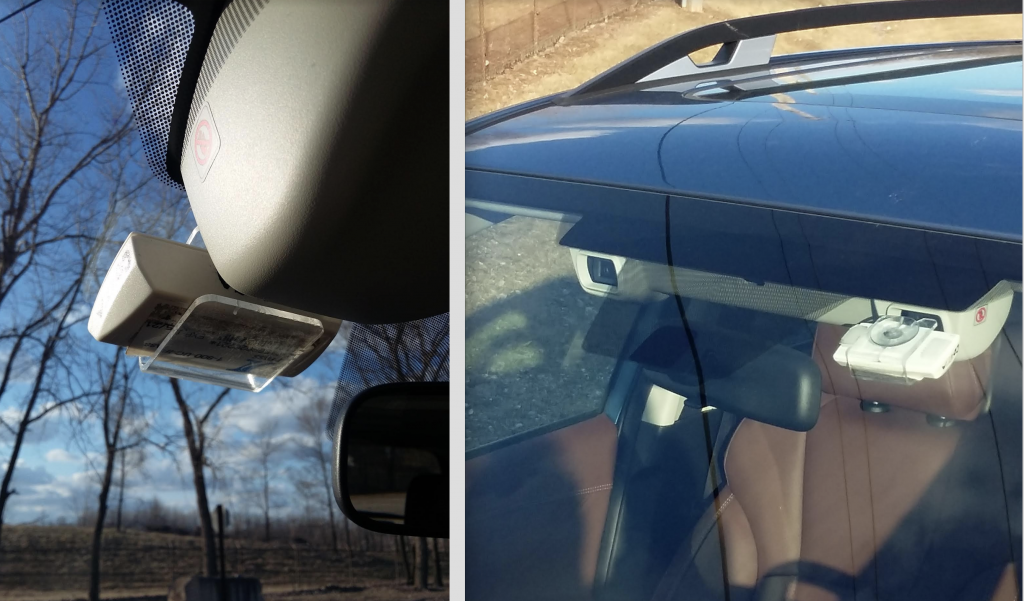
Here in Illinois we have toll roads, which aren’t all that common throughout the country (though may get more so as infrastructure-improvement costs come into play). Taking some of the sting out of paying tolls is that we have a little transponder you stick on your windshield that allows you to drive under a sensor without stopping – bypassing a “booth” — and it bills you automatically.
It looked from the inside as though there was this perfect little indent in the windshield screening where the transponder could be placed. But after I put it there and drove for a while, I noticed a message come up on the instrument panel that the EyeSight safety system was deactivated, and also noticed the high beams didn’t work. Well ….
Turns out I had placed the transponder in front of the left-side camera (next to the inside rearview mirror), which effectively “blinded” the dual-camera system. I didn’t notice this until I looked at it from the outside, and moving it a bit to the left solved the problem. And no, I’m not going to tell you how long it took me to figure that out ….
Forester Competition
Compared to the three most popular compact crossovers – the Honda CR-V, Nissan Rogue, and Toyota RAV4 – the Forester is an “also ran” in terms of sales, which are only about half those of the top three. But the Forester compares very favorably to those rivals, making it a strong addition to any segment short list.
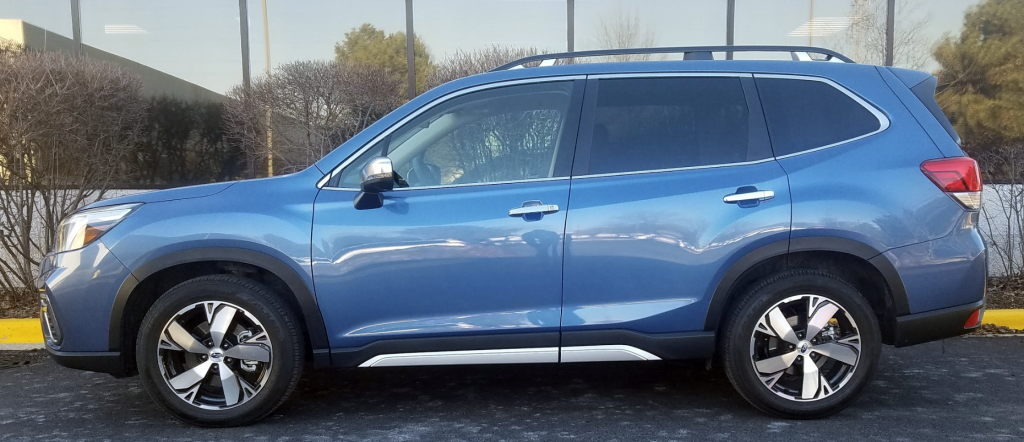
Check out our Compact Crossover Best Buys
Listen to the very entertaining Consumer Guide Car Stuff Podcast
2019 Subaru Forester Touring: Review

